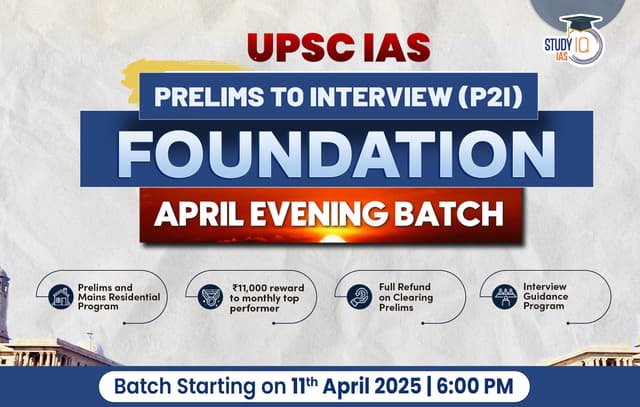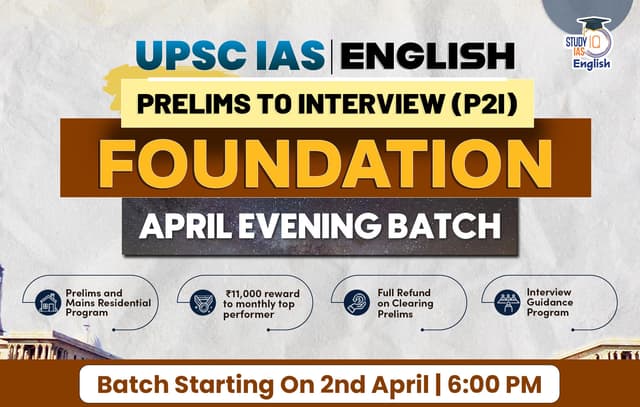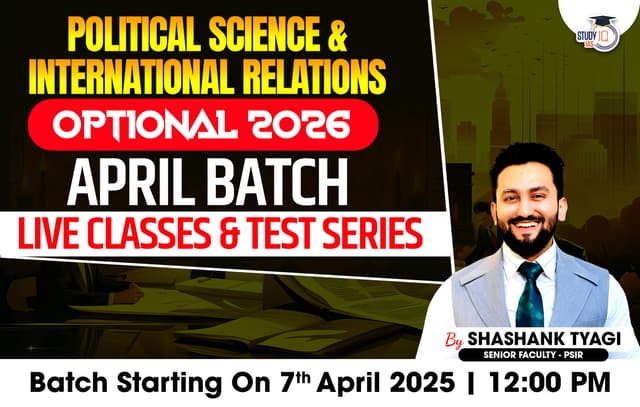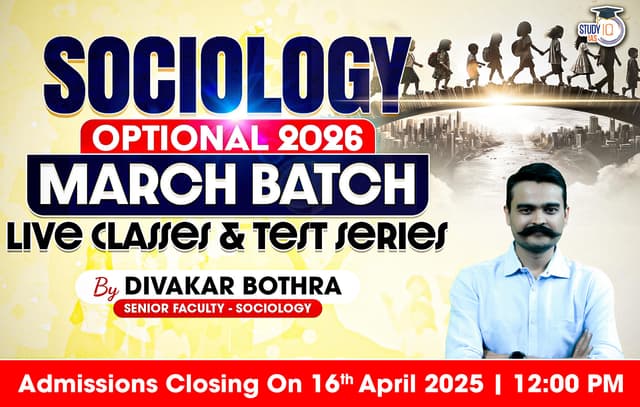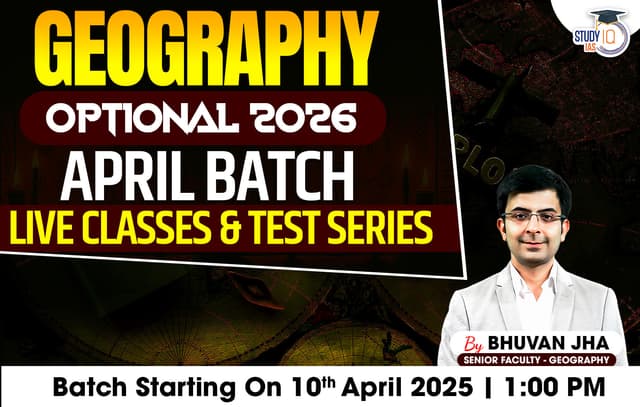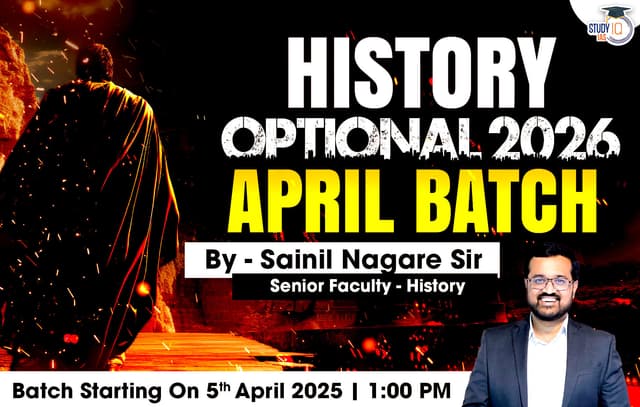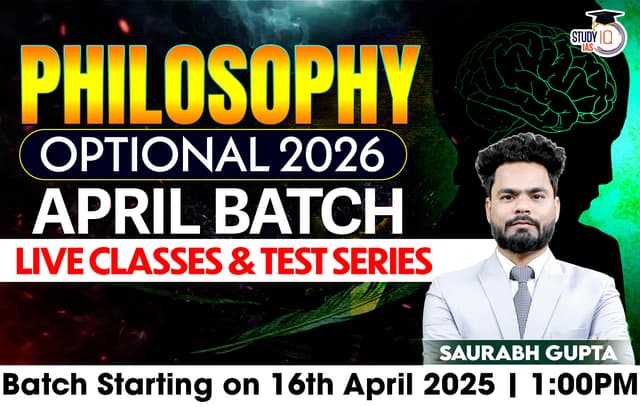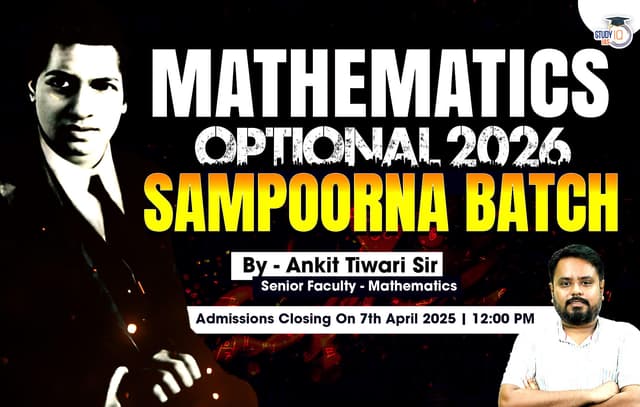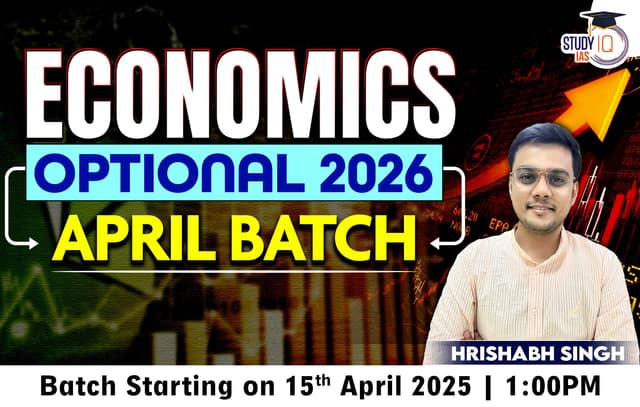Table of Contents
Claude 3.5
Context
- Anthropic, a major rival of OpenAI, launched Claude 3.5 Sonnet, the first in its upcoming Claude 3.5 AI model series.
- The model claims to outperform competitors such as OpenAI’s GPT-4o, Google’s Gemini-1.5 Pro, Meta’s Llama-400b, and Anthropic’s own models Claude 3 Haiku and Claude 3 Opus.
About Claude 3.5
- It is Anthropic’s latest AI model, excelling in arithmetic, reasoning, coding, and multilingual tasks.
- Performance and Efficiency:
- Claude 3.5 Sonnet operates at twice the speed of Claude 3 Opus.
- This enhanced performance and cost-effective pricing make it ideal for complex tasks like context-sensitive customer support and orchestrating multi-step workflows.
- Model Description:
- Claude 3.5 Sonnet is a large language model (LLM) and part of Anthropic’s generative pre-trained transformers.
- It follows the Claude 3 Sonnet introduced earlier this year.
- Likely positioned as the mid-sized model in the Claude 3.5 series, with smaller and larger models yet to be released.
- Benchmark Performance:
- Claude 3.5 Sonnet sets new industry benchmarks in coding proficiency (HumanEval), graduate-level reasoning (GPQA), and undergraduate-level knowledge (MMLU).
- The model excels in understanding nuance, humour, and complex instructions.
- It outperformed GPT-4o, Gemini 1.5 Pro, and Meta’s Llama 3 400B in seven out of eight overall benchmarks.
- Vision Capabilities:
- Claude 3.5 Sonnet is Anthropic’s strongest vision model, capable of interpreting and analysing visual data such as images and videos.
- It excels in tasks requiring visual reasoning, like decoding charts and graphs, and can accurately transcribe text from imperfect images.
- For example, it accurately identified a location by reading a poster and text on a distant wall from a random picture taken with Claude’s iOS app.
Patent
Context:
- Documents filed by Bharat Biotech International Limited (BBIL) at patent offices in India, the United States, and Europe credit only BBIL scientists and personnel as inventors of Covaxin.
- Indian Council of Medical Research (ICMR) scientists are not mentioned in these filings
More In News
- Covaxin, India’s first indigenously developed coronavirus vaccine, was a collaboration between the Indian Council of Medical Research (ICMR) and Bharat Biotech International Limited (BBIL).
About Patent
- What it is: A legal right granted by the government for a limited time.
- Who it benefits: The inventor (patentee).
- What it protects: Inventions (new products or processes).
- Benefits for inventor: Exclusive right to control making, using, selling, or importing the invention.
- Requirements for inventor: Full disclosure of the invention in exchange for the patent.
- Governing Body in India: Patents Act, 1970 (amended in 2003, 2005 & 2024 (recent)).
- Patent Term: 20 years from the filing date (or international filing date for PCT applications).
- PCT (Patent Cooperation Treaty): An international system to seek patent protection in multiple countries simultaneously.
- Who can use PCT: Nationals or residents of member countries.
- Where to file PCT application: National patent office or WIPO’s International Bureau in Geneva.
Key Changes Introduced Under Patents (Amendment) Rules, 2024
- Faster Examination: The deadline to file a Request for Examination (RFE) is reduced from 48 months to 31 months from the priority date, expediting the patent approval process.
- Simplified Form 3: Applicants can now submit a single updated Form 3 after receiving the First Examination Report (FER) from the Patent Office.
- Recognition for Inventors: A new “Certificate of Inventorship” is introduced to recognize inventors’ contributions, as traditional Indian patent certificates don’t include inventor names.
- Reduced Reporting Frequency: The requirement to file working patent statements is reduced from annually to once every three financial years.
- Streamlined Opposition Process: Timelines for Opposition Board recommendations and applicant responses in pre-grant and post-grant opposition procedures have been adjusted for efficiency.
- Clarified Divisional Applications: The amendment aligns with a recent court decision allowing divisional applications based on the complete or provisional application’s disclosure (not just claims), enabling broader protection for inventions.
Examples, Case Studies and Data
Transforming Plastic Waste into Revenue: A Case Study from Joshimath Municipality, Uttarakhand
- Introduction: In a pioneering initiative, the Joshimath Municipality in Uttarakhand has turned the negligent disposal of plastic waste by pilgrims on the Char Dham pilgrimage route into a lucrative venture. This case study examines the methods and outcomes of this environmental conservation effort.
- Background: The Char Dham pilgrimage, attracting millions of visitors annually, has been a significant source of plastic waste, primarily from discarded mineral water and cold drink bottles. In recent days, the municipality has collected over three tons of plastic waste from the route.
- Implementation: The Gopeshwar Municipal Corporation, responsible for cleaning operations along key pilgrimage routes, has played a crucial role. Executive Officer Pritam Singh Negi detailed that plastic waste is collected from various areas along the Badrinath and Kedarnath routes. The collected plastic is then compressed into bricks and sold, generating substantial revenue.
- Outcomes:
- Revenue Generation: The recycling efforts have generated Rs 1.2 crore for the municipality.
- Environmental Impact: The initiative has mitigated pollution along the pilgrimage routes, preserving the natural beauty and cleanliness of the region.
- Community Involvement: Villages along the pilgrimage routes are actively participating in waste collection, fostering a community-driven approach to environmental conservation.
- Statistics:
- As of Friday, 26.5 lakh pilgrims completed the Char Dham pilgrimage.
- Kedarnath Dham saw over 950,000 visitors, and Badrinath Dham welcomed more than 700,000 pilgrims.
- Challenges: Environmental activist Chandan Nayal highlighted the ongoing challenge of preserving the environment, with an average of 75,000 pilgrims visiting daily. Despite the success in revenue generation, continuous efforts are needed to maintain environmental sustainability.
- Conclusion: The Joshimath Municipality’s initiative showcases a successful model of turning environmental challenges into economic opportunities. By recycling plastic waste, the municipality not only generates significant revenue but also promotes environmental conservation, serving as an exemplary case for other regions facing similar issues.


 Utkal Divas 2025: Odisha Foundation Day ...
Utkal Divas 2025: Odisha Foundation Day ...
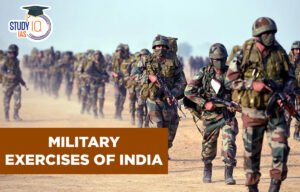 List of Military Exercises of India 2024...
List of Military Exercises of India 2024...
 GPS Spoofing and Its Impact in India: A ...
GPS Spoofing and Its Impact in India: A ...

